Preprints
5. Long-Run Behavior and Convergence of Dynamic Mean Field Equilibria
with Berenice A. Neumann
4. Optimal Adaptive Control with Separable Drift Uncertainty
with Samuel N. Cohen and Alexander Merkel
3. Generative Fractional Diffusion Models
with Gabriel Nobis, Marco Aversa, Maximilian Springenberg, Michael Detzel, Stefano Ermon, Shinichi Nakajima, Roderick Murray-Smith, Sebastian Lapuschkin, Luis Oala and Wojciech Samek
2. Convergence Rates for a Deep Learning Algorithm for Semilinear PDEs
with Oliver Hager, Charlotte Reimers, Lotte Schnell, Frank T. Seifried and Maximilian Würschmidt
1. Pricing Contingent Claims under Jump Uncertainty
with Olaf Menkens
Publications
14. Convergence of Optimal Investment Problems in the Vanishing Fixed Cost Limit
with Erhan Bayraktar, Sören Christensen and Frank T. Seifried
SIAM Journal on Control and Optimization, Vol. 60, No. 5, pp. 2712-2736, 2022
13. Optimal Investment with Time-Varying Stochastic Endowments
with An Chen, Carla Mereu and Robert Stelzer
SIAM Journal on Financial Mathematics, Vol. 13, No. 3, pp. 969-1003, 2022
12. Optimal Investment for Retail Investors
with Lukas Mich and Frank T. Seifried
Mathematical Finance, Vol. 32, No. 2, pp. 555-594, 2022
11. Branching Diffusions with Jumps, and Valuation with Systemic Counterparties
with Daniel Hoffmann and Frank T. Seifried
Journal of Computational Finance, Vol. 25, No. 3, pp. 51-86, 2021
10. Continuous-Time Mean Field Games with Finite State Space and Common Noise
with Daniel Hoffmann and Frank T. Seifried
Applied Mathematics & Optimization, Vol. 84, pp. 3173-3216, 2021
9. Liquidation in Target Zone Models
with Johannes Muhle-Karbe and Kevin Ou
Market Microstructure and Liquidity, Vol. 4, No. 03n04, 1950010 (12 pages), 2020
8. Finite Horizon Optimal Investment with Transaction Costs: Construction of the Optimal Strategies
with Jörn Sass
Finance and Stochastics, Vol. 23, No. 4, pp. 861-888, 2019
7. Utility Maximisation in a Factor Model with Constant and Proportional Transaction Costs
with Sören Christensen
Finance and Stochastics, Vol. 23, No. 1, pp. 29-96, 2019
6. Backward Nonlinear Expectation Equations
with Thomas Seiferling and Frank T. Seifried
Mathematics and Financial Economics, Vol. 12, No. 1, pp. 111-134, 2018
5. A General Verification Result for Stochastic Impulse Control Problems
with Sören Christensen and Frank T. Seifried
SIAM Journal on Control and Optimization, Vol. 55, No. 2, pp. 627-649, 2017
4. Worst-Case Portfolio Optimization in a Market with Bubbles
with Sören Christensen and Olaf Menkens
International Journal of Theoretical and Applied Finance, Vol. 19, No. 2, 1650009 (36 pages), 2016
3. On the Uniqueness of Unbounded Viscosity Solutions arising in an Optimal Terminal Wealth Problem with Transaction Costs
with Olaf Menkens and Jörn Sass
SIAM Journal on Control and Optimization, Vol. 53, No. 5, pp. 2878-2897, 2015
2. Worst-Case Portfolio Optimization with Proportional Transaction Costs
with Olaf Menkens and Jörn Sass
Stochastics, Vol. 87, No. 4, pp. 623-663, 2015
1. Worst-Case Optimal Investment with a Random Number of Crashes
with Sören Christensen and Olaf Menkens
Statistics & Probability Letters, Vol. 90, pp. 140-148, 2014
Ph.D. Thesis
Worst-Case Portfolio Optimization: Transaction Costs and Bubbles
University Kaiserslautern-Landau, 2015

